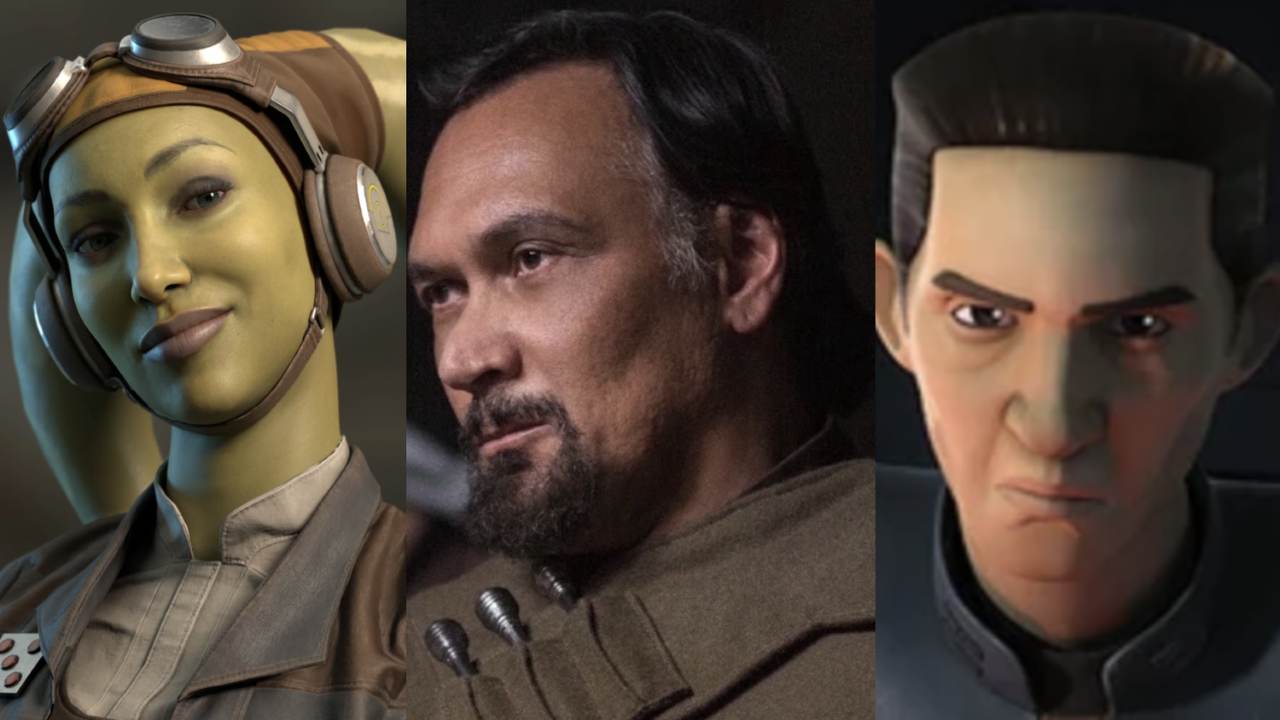4 Tips For Introducing Star Wars To Brand New Viewers
If you’re here with us on Culture Slate, you’ve probably seen at least one Star Wars film or TV series. Likely, more than one. However, jarring as it may be, the fact is that a percentage of the population has never seen a single piece of the Star Wars franchise in its entirety. Star Wars, to them, may simply be Grogu toys and other Disney merchandising; they have yet to experience the stories so many of us continue to enjoy.
What if one of these unfortunate souls comes to you for help? How should they watch? Where should they start? Being the go-to friend for Star Wars guidance can be exciting, but intimidating. For the initiation to go well, some common-sense guidelines should be followed and some common traps should be avoided. We’re here to help! Check out these four tips to ensure a successful introduction to the Star Wars universe.
RELATED:
Stay On Target
Consider your and your friend’s goals when beginning the adventure. Do they want to immerse themselves in the galaxy and become a devoted fan such as yourself? Or do they simply want to be up-to-date on the latest Disney+ content to be able to hold conversations with friends? Maybe they just want to understand the context for the recent prevalence of prequel memes. Whatever the case, keep these objectives in mind when planning your viewing experience, and adjust your plan accordingly.
Decide On A Viewing Order
This subject is always hotly debated amidst the Star Wars fandom. Release order, or chronological? Maybe machete order, or some hybrid mix? Where do Rogue One and Solo fit in? What about the 100+ hours of animated content? Simply put, there is no right answer for everyone, but there are some key factors to take into account.
First, chronological order may be fun for us grizzled veterans, but for a newcomer it may seem disjointed and confusing. (For the purposes of this discussion, let’s say chronological order includes only the feature films, Episodes I through VI.) The prequels were directed on the basis that viewers had already seen the original trilogy; therefore, starting with Episode I will result in some “reverse” spoilers. For example, in 1977, no one knew that Luke, Leia, and Vader were related, but Episode III reveals their family situation very clearly, which would completely ruin the iconic “I am your father” revelation. Another obstacle of chronological order is special effects and film technology; the original trilogy may seem slower and more difficult to watch after becoming accustomed to the high-speed blasters and lightsaber effects of Episodes I through III. This supports the case for starting beginners with the 70s and 80s classics, presented as exactly what they are…70s and 80s classics.
If you do intend to start with the original trilogy, release order is always a viable option. They will experience the storylines just as we did up through 2005. However, a potentially rewarding option may be found in what is known as “machete” order. In this scenario, you would start with Episodes IV and V, then move backwards in time to the prequel trilogy before showing Return of the Jedi. This option brings advantages of both release order and chronological order, providing Vader’s backstory before concluding with his return to the light. (Note: the original “machete” order omitted Episode I, but by now, a good deal of content has included Darth Maul, Jar Jar Binks, and other references originally found in The Phantom Menace.)
Lastly, new casual viewers may benefit from simply starting with Rogue One (a great standalone film), or The Mandalorian (a highly popular and relevant TV series). These options need very little backstory to be enjoyed on the surface, and the new viewer can watch and decide where they want to go from there (with your help, of course).
Read The Room And Be Flexible
Depending on the nature of your own Star Wars fanhood, you may have very strong views on how to watch, what to think, or what to like and dislike. But as we all know, Star Wars fans rarely agree on everything. If you are to create a new fan in your friend, child, or acquaintance, they need the freedom to form their own opinions without pushback. Additionally, it may not be wise to drown them in fun facts or dazzle them with your expertise. Yes, it’s most impressive that you know exactly where the Yavin scenes were filmed, and what lightsaber forms the Jedi Council members employ, but what did your new viewer friend miss while you were telling them those things?
This guideline extends to the viewing order as well. If, in the middle of a trilogy, our viewer wants to start an animated series or something else from a completely different era, who are we to stand in the way? If the goal is to give them the best chance of enjoying the franchise, it’s important to be open and receptive when they tell us what that might look like.
Patience
One does not simply become a Star Wars fan overnight. The films themselves run over 27 hours, and the animated series contain almost four times that. The Mandalorian alone is over 11 hours so far. Even the most dedicated “bingers” will need a long time to catch up, and if their experience is punctuated by an overly excited friend or parent badgering them to complete it like an assignment, the magic will be lost. Let them watch and enjoy at their own pace. Good luck, and may the Force be with you!
READ NEXT:




